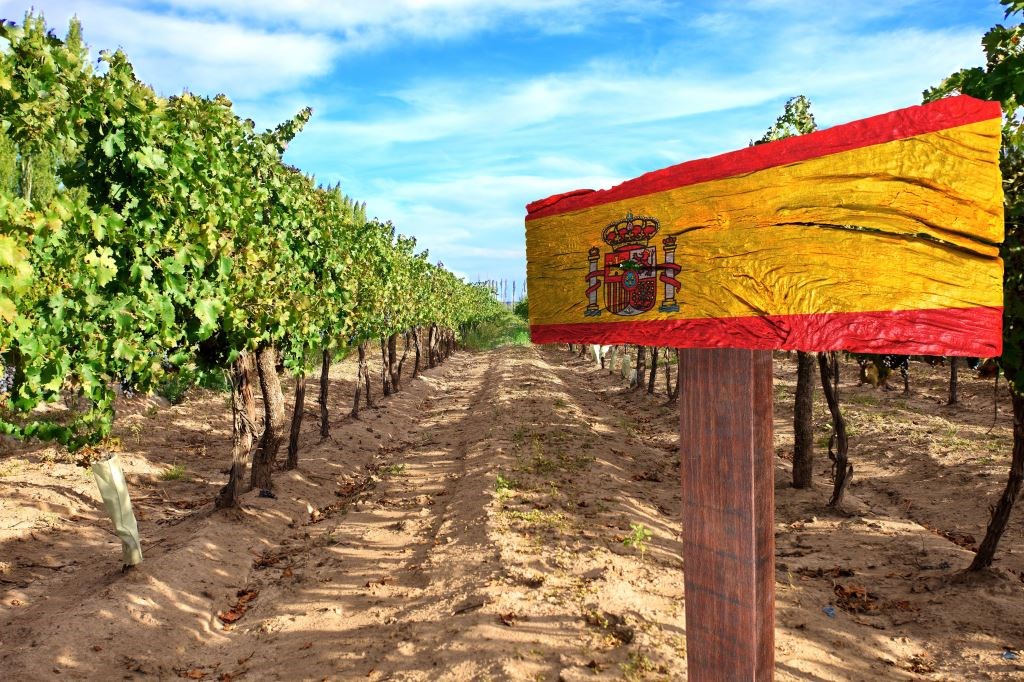Iberian Brilliance

Unmissable Tasting
Few wine tastings come quite as spectacularly good as one I attended the other day in the Lindley Hall, part of the Royal Horticultural Halls in Westminster. It was billed as "Viñateros, the Spanish Revolution", and elsewhere as "the unmissable trade tasting celebrating Spanish artisan growers".
Spain in so many of its disparate parts is making thoroughly exciting wines, striving for expression, experimenting with technique to produce an ever-expanding array of styles.
Alas, there were far too many wines for a single day of tasting, forcing me to be selective, focusing in on particular areas of interest. Thus I divided my attention between regions to which I was drawn (Rioja; Canary Islands), specific grape varieties (Mencia; anything hitherto unknown to me) and certain producers (Raul Perez; Bibei; Envinate, to name just a few).
Spanish Evolution
What struck me, as I came to the end of my marathon slurp-a-thon, was that Spain is evolving perhaps faster than any other country in a vinous sense.
Mencia Magic
Example – but five-or-so years ago Mencia was a troublesome grape variety; great in terms of its potential, but wine makers appeared to be feeling around for the best way to express its qualities. Very often one found wines that were dominated by severe reduction.
(N.B. reductive characteristics are more prevalent in certain grapes for reasons of chemistry that I do not fully understand. Syrah/Shiraz, Malbec and Mencia are common suspects. Reductive traits are formed through anaerobic reactions within the wine and typically manifest themselves as a rubbery aroma/flavour that, beyond a certain level, can render that wine unpleasant. The cure is a controlled oxidation of the wine by racking from one container into another or some form of micro-oxidation.)
At the recent Spanish tasting I struggled to find a Mencia with reductive traits. Most wine makers appeared to have arrived at a conformity of opinion as to the best expression of this thoroughly classy grape variety i.e. medium weight, not overly extracted, and allowing all that delightfully pure raspberry fruit to sing out. I tasted a significant slew of beautiful Mencia wines.
Singing Canaries
On to Las Islas Canarias and oh, what a ripple is emanating from those islands. Planted to such left field varieties as Marmajuelo, Tintilla (which turns out to be the same grape as the Iberian mainland variety Bastardo and the French Trousseau) and Vijariego, as well as some (relatively) more familiar varieties, all in low-density vineyards, a fascinating vinous beast is stirring here in the Atlantic Ocean.
At the leading edge of this wave (and perhaps having been the tide that caused the wave in the first place) is Envinate, a quartet of radical young wine makers fashioning scintillating fluids in a diversity of Spain’s regions. Others are now getting in on the act, however, and the wines are becoming increasingly available.
Problems...
Genuinely, these wines offer the oenophile something new and exciting: aromas and flavours unfamiliar, structures vivid, often slightly saline. I do, however, have a couple of problems related to two issues previously discussed.
High Prices
Volumes from these sparsely-planted vineyards are low, the result of which is that prices are high. I tasted a completely gorgeous white wine, a pure Listan Blanco (elsewhere that stalwart of sherry production, Palomino Fino) and flipped through my tasting book to check how I would have to price it were I to offer it to Bowes Wine clients.
The wine, before I added any sort of margin or VAT, was just shy of £60 a bottle. How would I go about selling that?
Faulty??
For the other issue, we have to revisit that problem of reduction. Many of the red wines I tasted were extremely burnt-rubbery to smell. Enquiring of the estate representatives, one is informed that it is characteristic imparted by the volcanic soils in the vineyards, but I couldn’t help but wonder whether that was a similar explanation to that of Château de Beaucastel in Châteauneuf-du-Pape claiming that the high levels of Brettanomyces in their red wine was, in fact, a characteristic of the Mourvèdre grape and not a fault at all.
I went on to wonder whether in five years time the red wines from the Canary Islands will have followed Mencia and become clean, whilst retaining all the excitement within.
Going Forward
What a tasting! And I am sure that I would have identified many more brilliant wines had I had the time to taste more widely. This is an event that will be firmly in my diary going forward.
Of the estates I sampled, serious excitement was to be found at, yes, Envinate, and also Jose Antonio Garcia, one of whose wines we offered some time ago for daily drinking. From Rioja, Arizcuren was stand-out fabulous, as was Jose Gil, a young man firmly part of a swelling charge to modernise the region. From further north, Aseginolaza y Leunda are making quite brilliant wines – principally reds – in the Pais Vasco.
We will be offering some of these wines shortly in the first of our new-format offers. Watch this space...

